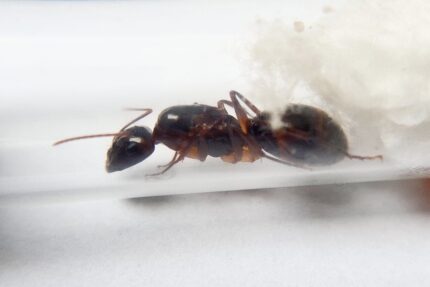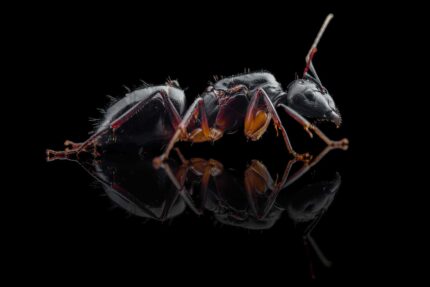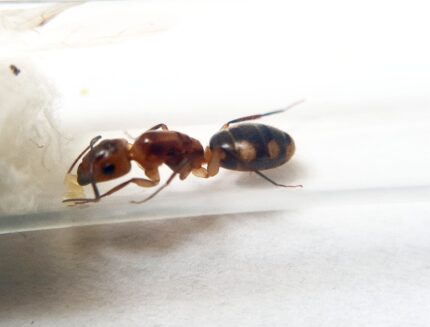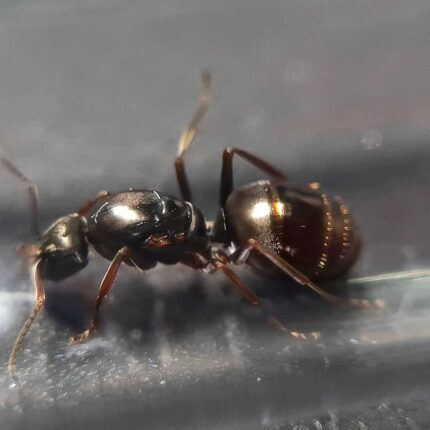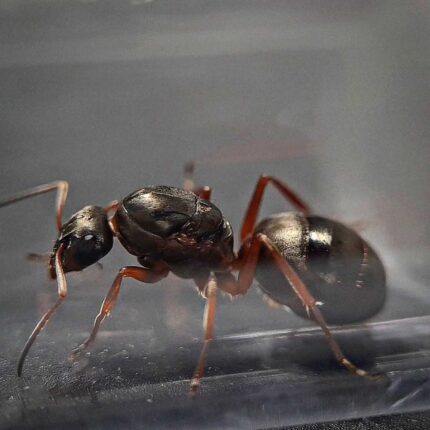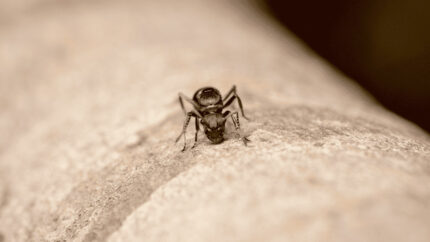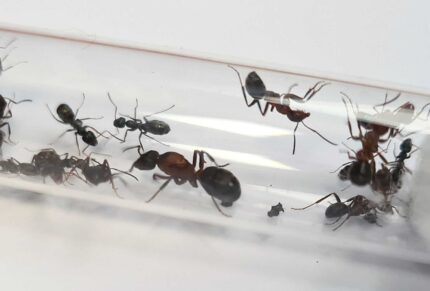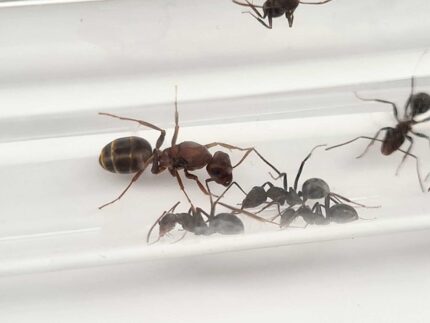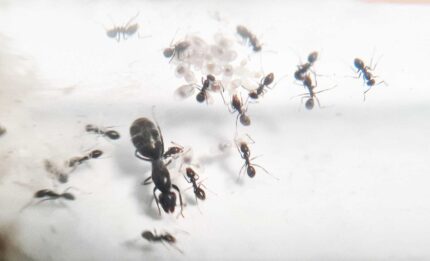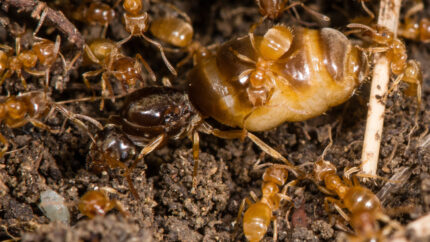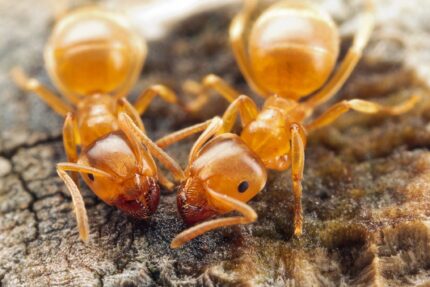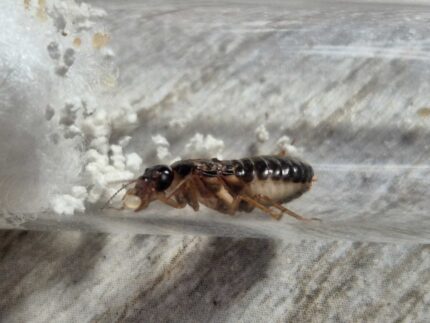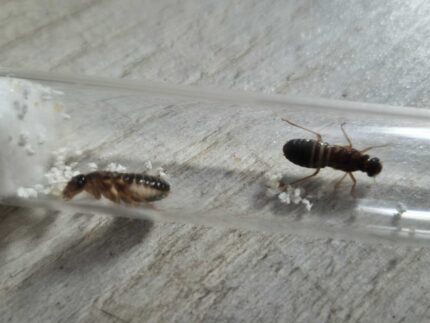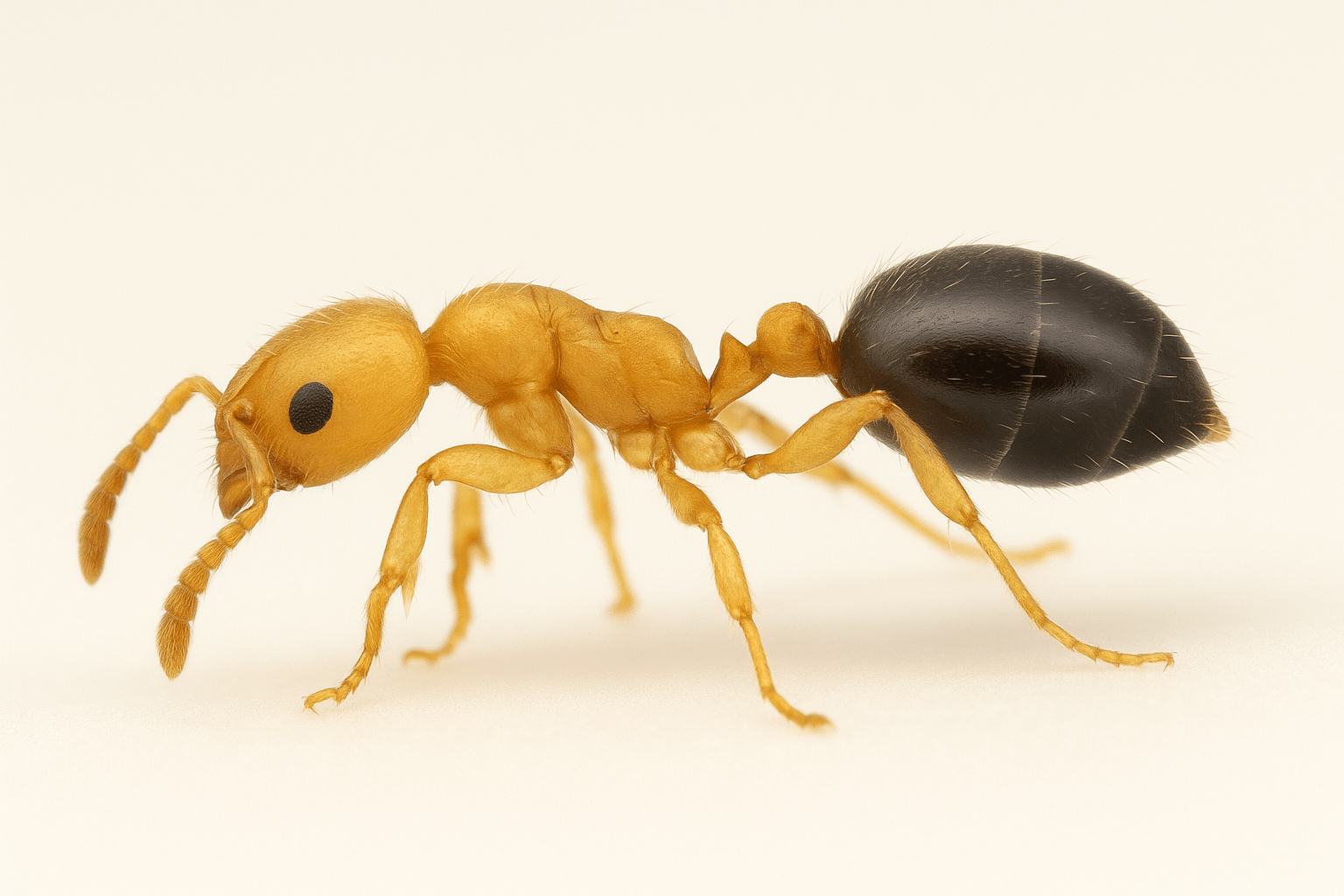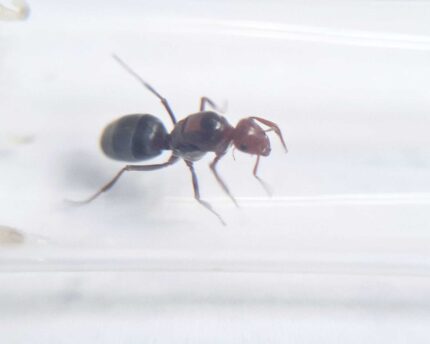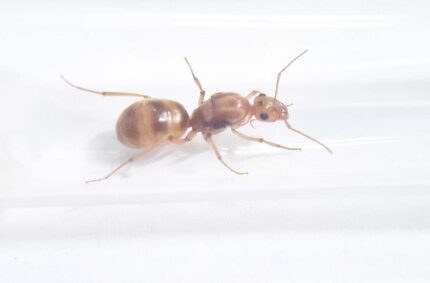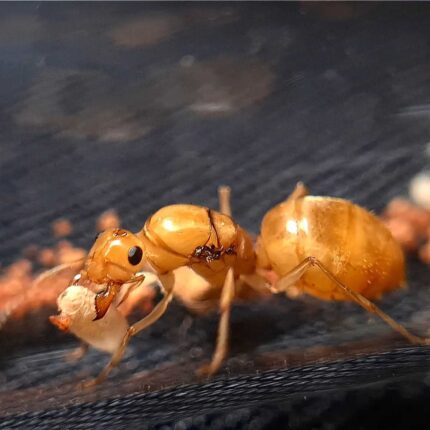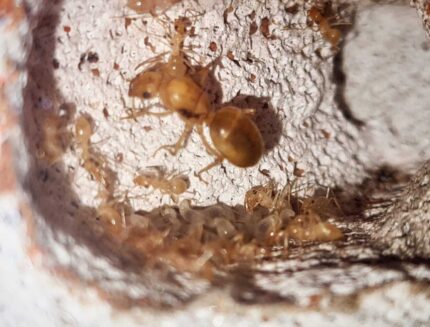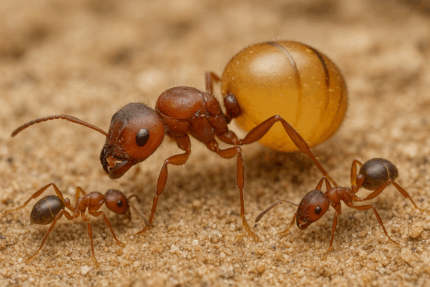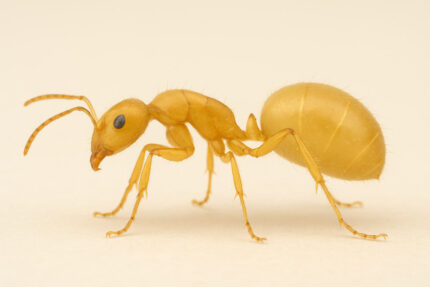Camponotus wytsmani
479,90 zł – 599,90 złCamponotus wytsmani, a beautifully colored ant species, is the perfect addition to your ant farm. This product description explores their colony type, size, development speed, nutrition, and recommended nests for breeding to provide a unique and fascinating experience.
Camponotus xerxes
399,90 zł – 569,90 złCamponotus xerxes is a monogynous ant species with a colony size of up to 10,000 workers. They have a fast development speed and vary in size, with queens measuring 17-20 mm, workers measuring 5-12 mm, and major workers measuring 10-16 mm. The workers are pale yellow, while soldiers have partially dark heads. The mother ant is mostly black with a partially yellow belly and yellowish-brown legs. Their nutrition requirements are not specified.
Camponotus zonatus
459,90 zł – 579,90 złCamponotus zonatus is a species of ant with medium development speed. The colony is monogynous and can contain up to 6000 workers. The queen measures 12-14 mm in size, while workers range from 5-8 mm and majors from 7-11 mm. The ants are brown-orange in color with yellow points on the abdomen. They primarily feed on insect food such as cockroaches and crickets, as well as syrup, fruit, vegetables, jelly, and cooked food.
Formica cinerea
45,90 zł – 149,90 złFormica cinerea is a medium-sized ant species with gray coloration. They form monogynous colonies of up to 10,000 workers. They require a medium development speed and prefer a diet of insect food, syrup, fruits, vegetables, jelly, and cooked chicken. They thrive in humidity.
Formica cunicularia
59,70 zł – 175,90 złThe Formica cunicularia ant species is monogynous and can grow up to a colony size of 10,000 workers. They have a medium development rate. The queen ant measures 8-11mm while the workers measure 4-6mm. They have a rusty chest color with a dark gray belly and head. Their diet includes food insects, syrup, fruits, vegetables, jelly, and cooked chicken without salt.
Formica fusca
45,90 zł – 159,90 złFormica fusca is a polygynous ant species with colonies of up to 5000 workers. They have a medium development speed and the queen measures 10-12mm, while workers range from 3-6mm. The ants have a black abdomen and a brown back with black spots. Their nutrition includes insect food, syrup, fruit, vegetables, jelly, and cooked chicken without salt.
Formica lemani
49,90 zł – 139,90 złThe Formica lemani colony is monogynous and can have up to 10,000 workers. They have a medium development rate. The queen is 8-10mm in size, while the workers are 4-7 mm. They are uniformly black or brown in color. They feed on food insects, syrup, fruit, vegetables, jelly, and cooked chicken without salt.
Formica sanguinea
79,90 zł – 179,90 złFormica sanguinea is a captivating ant species with polygynous colonies that can have multiple queens. These medium-sized colonies contain up to 5000 ants, making them an interesting choice for ant enthusiasts. The queen ants measure 9-12 mm in length.
Iberoformica subrufa
119,90 zł – 299,90 złIberoformica subrufa, the Red-brown Ant, is a polygynous species known for its complex social structure. With multiple reproductive queens in a single colony, it exhibits a high level of organization and efficiency in various tasks.
Iridomyrmex bicknelli
399,90 zł – 549,90 złIridomyrmex bicknelli is a monogynous ant species with medium development rate and a colony size of up to 50,000 workers. The queen is 6-7 mm in size while the workers are 3-4 mm and the ants are black in color. They are fed with a variety of food including insects, syrup, fruits, vegetables, jelly, and cooked chicken without salt.
Lasius alienus
39,90 złLasius alienus is a species of ant commonly found in Europe and parts of Asia. It typically nests in soil, often under stones or in grassy areas. These ants are small, dark brown to black, and are known for their cooperative colony behavior. Lasius alienus plays an important role in the ecosystem by aerating soil and preying on small insects.
Lasius flavus
39,90 zł – 119,90 złLasius flavus is a peaceful, slow-growing species best suited for patient keepers who enjoy subtle colony dynamics over flashy surface activity. Their unique subterranean behavior, gentle disposition, and aphid-farming instincts make them a fascinating contrast to surface-foraging species like L. niger or L. alienus. Ideal for naturalistic setups and long-term observation, L. flavus offers a deep look into the hidden world beneath our feet.
Macrotermes gilvus
399,90 zł – 499,90 złMacrotermes cf. carbonarius is a species of large termites found in tropical regions. They are known for their unique characteristics and behaviors. The workers typically measure around 3-4 millimeters in size.
Monomorium cekalovici
499,90 złMonomorium cekalovici is a monogynous ant species with colonies reaching up to 10,000 workers. They exhibit a moderate development speed. The queen measures approximately 8–9 mm in length, while workers are 2.5–3.5 mm. Their head and thorax are yellowish-brown, contrasting with a darker brown gaster. They feed primarily on small insects, sugary liquids, jelly, fruit, and protein-rich foods such as cooked egg or chicken.
Myrmecocystus mendax
599,90 złThe Myrmecocystus mendax ant colony is polygynous, with a colony size of 10,000 workers. They have a medium development rate and range in size from 10-12mm for queens and 4-8mm for workers. They are reddish in color with a black back. They feed on food insects, fruits, vegetables. The recommended humidity for their arena is 40-60% and for their nest is 50-70%.
Myrmecocystus mexicanus
749,90 zł – 1329,90 złMyrmecocystus mexicanus is a species of ant that forms monogynous colonies with a size of 10,000 workers. They have a medium development rate and the queen is 14-16 mm in size while workers are 5-10 mm. The ants are orange-yellow in color and their nutrition consists of food insects, fruits, vegetables, and seeds. They require a humidity level of 40-60% in both the arena and nest, and the temperature in the arena should be maintained accordingly.
Myrmecocystus navajo
709,90 zł – 1179,90 złMyrmecocystus navajo is a monogynous ant species with a colony size of 10,000 individuals. They have a medium development rate and their queen is 11-12mm in size while workers are 4-8 mm. They are yellow in color and their nutrition consists of food insects, fruit, vegetables, and syrup. The humidity levels for their arena and nest should be maintained between 40-50% and 50-70% respectively, while the recommended temperature for their arena is 24-30 degrees Celsius.
Myrmecocystus romainei
699,90 złMyrmecocystus romainei is a rare, monogynous ant species native to arid regions of the southwestern United States. It is notable for its honey pot workers (repletes) that store liquid food in their swollen gasters. The queen measures around 11–12 mm, and workers range from 4–8 mm. This species typically shows a reddish to tan coloration, with a darker gaster. Like other Myrmecocystus, it thrives in warm, dry environments and has a medium development rate.
Myrmecocystus testaceus
549,90 zł – 869,90 złMyrmecocystus testaceus is a monogynous ant species with a medium development rate. Queens typically measure 11–12 mm, and workers range from 4–8 mm. This species is distinguished by its lighter, yellowish to orange-tan coloration (hence the name testaceus), often with a contrasting darker gaster. Like other Myrmecocystus species, it features honey pot workers (repletes) that store liquid food in their distended abdomens.
Myrmelachista chilensis
449,90 złThe Myrmelachista chilensis is a cologne with a monogyny type. It has a fast development speed and can have several hundred workers in the colony. The queen is 6.5-7.5 mm in size while the workers are 3.5-6 mm. The ants are black and brown in color. They feed on food insects, fruit, and syrup. They require humidity levels of 30-50% in the arena and 50-70% in the nest.


